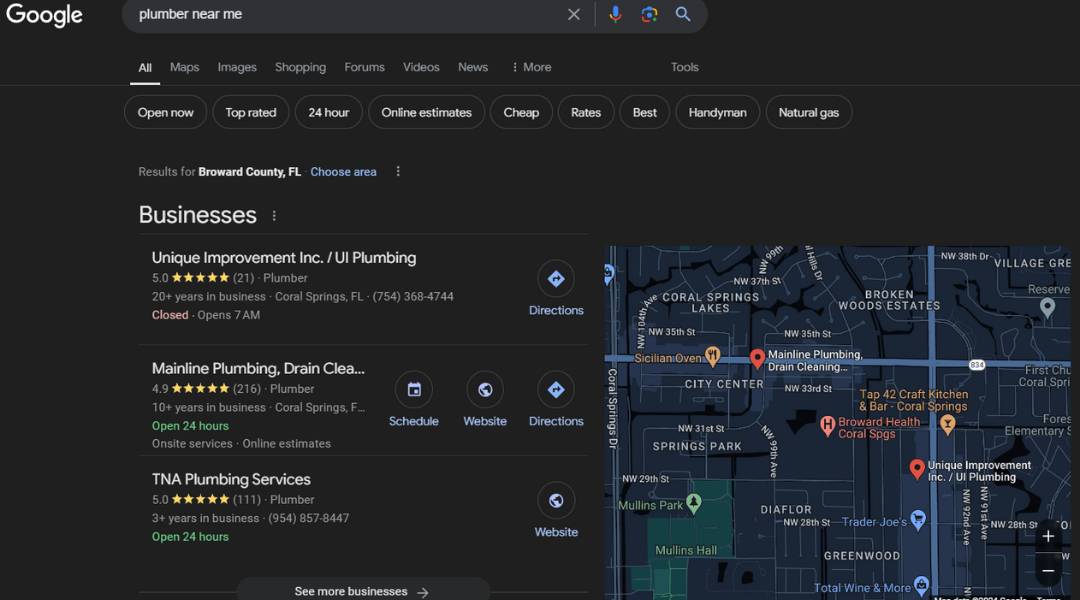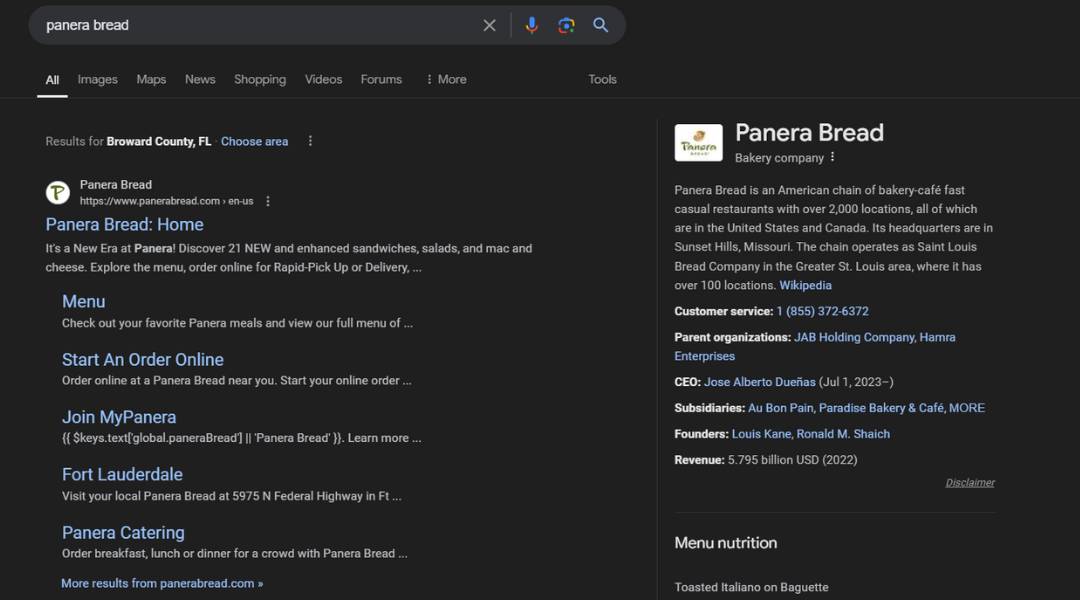Understanding user intent is key to crafting content that resonates with your audience and performs well on Google. This involves recognizing whether users are seeking information, aiming to visit a specific site (navigational), comparing options (commercial), or ready to make a purchase (transactional). By aligning your content strategy with these intents—informational, navigational, and transactional—you not only meet the needs of your visitors but also enhance your chances of ranking higher in search results.
Grasping the “why” behind each query lets you tailor experiences that satisfy both users’ expectations and Google’s complex algorithm criteria.
Identify User Intent Types
When you dive into user intent, you’re looking at the “why” behind every search query out there. Picture someone searching for something online; their goals can be vastly different – from wanting to buy a specific product to simply seeking answers or exploring a topic with little prior knowledge. Each type of search – is navigational, where they aim to visit a certain site; informational when hunting down details or tutorials; commercial, as they weigh up options before buying; and transactional, where the intention is clear: purchase!
By tapping into these desires correctly through your content creation process, not only do you boost satisfaction among your users but also significantly improve your chances of climbing those Google ranks. Now, let’s blend this understanding with insights on aligning it effectively within Google ranking algorithm principles. It stresses one thing: matching what individuals are truly after elevates visibility and relevancy amongst an ocean of digital information.
Each effort counts heavily towards being favored by algorithms. These algorithms prioritize fulfilling user experiences above everything else.
Creating Content for Informational Searches
When crafting content aimed at informational searches, your goal is to directly address the audiences’ queries. These users are in pursuit of knowledge or answers to their questions. They might be asking about daily weather forecasts, seeking advice on parenting, or looking deeper into SEO practices.
It’s not just any information they’re after; it’s specific insights tailored to their curiosity. Understanding how Google interprets these searches can significantly improve your content’s relevance and visibility. For instance, if someone types “tomato sauce” into search, Google leans towards showing recipes because that aligns with common user intent—rather than presenting a deep dive into its culinary history.
Google has evolved to discern even further nuances within search intents, such as recognizing when visuals like videos or images enhance the answer to queries on practical activities (e.g., building a bird feeder). Ensure you match this level of precision by producing materials that speak directly to what people genuinely seek—and expect—to find through their online inquiries.
Optimize for Navigational Queries
To excel in optimizing for navigational queries, grasp the essence of user intent. People searching with this mindset seek a specific site—think someone typing “Panera” to find Panera Bread’s official page. Here’s how you nail it: Understand that these users already have a brand or service in mind, and your goal is to guide them straight to your doorstep with zero hassle.
First, ensure your website clearly signals its identity through straightforward titles and headers. Use precise keywords related to common search terms directly tied to your brand or services on key landing pages. This isn’t about attracting anyone; it’s about being the beacon for those who are looking specifically for what you offer.
Create dedicated landing pages for commercial actions like signing up for newsletters, contacting the business, or filling out contact forms. People from navigational searches often exhibit high commercial intent and are ready to engage deeply with what you provide.
Lastly, content should be refined regularly based on insights from features like Google’s autocomplete and “People also ask” boxes. These reflect evolving searcher intents closely linked with their initial navigation purpose but might branch into related needs or questions.
Remembering these pointers will position you effectively against competitors while enhancing visibility precisely where needed most.
Crafting Transactional Search Content
Crafting content for transactional search demands a strategic approach. Focus on phrases like “buy,” “subscribe,” or detailed types of services and products, such as “neon blue unisex watch.” These are your goldmines. Convert readers into customers quickly.
Your product pages should be optimized not just for SEO but also for immediate action—think clear call-to-actions (CTAs). Don’t forget to leverage paid ads targeting these keywords; they’re highly effective, given the high purchase intent. Remember, such keywords usually follow after someone’s decision phase in their buyer journey.
They’re ready to act fast. Make sure your landing pages deliver exactly what they seek without hassle: easy navigation and straightforward information leading them straight to checkout or inquiry forms. Keep an eye out on SERPs too—they often hint at the best-performing formats whether it’s direct sales platforms appearing first for “buy crypto online” searches or Google Shopping Ads dominating certain queries.
Utilize Keyword Research Tools
When you dive into keyword research tools, remember the gold mine they offer for understanding search intent. To rank well on Google or any other search engine, grasping this concept is non-negotiable. Tools like Semrush not only uncover volumes of searches per month but also categorize these queries by intent—be it informational, navigational, commercial, or transactional.
For instance, a query such as “best dog food,” pulling in 74K monthly searches, might seem an ideal target for your ecommerce site’s product page. Yet a quick look at actual SERP results through these tools reveals that review sites dominate this space—not product pages. This insight directs strategies toward crafting content that aligns with user expectations and search engine preferences alike.
By using the ‘Intent’ filter in your research tool of choice, you can streamline efforts to focus solely on keywords matching your desired audience stage within the marketing funnel—awareness (informational), consideration (commercial), and conversion (transactional). Don’t just stop there; analyze top-ranking pages directly from your keyword tool to understand what sets them apart and how you might create even more compelling content—with better information or UX—to outrank them.
Enhance Readability and Structure
Enhancing readability and structure is about making your content accessible to everyone. When users search for terms like “apple,” they might be looking for information on the fruit or the tech giant. Google sorts this out by determining the query’s intent, often leaning towards a dominant interpretation of what most people are likely searching for.
This approach ensures users find what they’re actually seeking with ease. Understanding these interpretations—dominant, common, or minor—helps in tailoring your content accordingly. For instance, if you’re writing about “mercury,” mention both planet and element aspects to cover diverse intents.
Nowadays, user queries have grown more conversational due to AI advancements prompting us to provide clear context in our searches. It’s crucial, then, that we match this change by crafting our content in an easily digestible format while maintaining topical relevance and providing value beyond mere transactional needs.
Remembering the Do (transactional), Know (informational), and Go (navigational) categories further refine how we frame our messages, ensuring clarity regardless of why someone landed on your page.
Improve Page Loading Speed
To boost your page loading speed, start by analyzing current performance. Tools like Google’s PageSpeed Insights can pinpoint issues that are slowing you down. Often, large images are culprits.
Resize or compress them without losing quality to shave seconds off load time. Next, evaluate your server response time. A sluggish server delays everything else on your site from loading quickly.
Consider upgrading hosting if needed; it’s worth the investment for faster speeds. Also, we should look at reducing redirect chains, which add unnecessary wait times for visitors. Minify CSS and JavaScript files by stripping out all unnecessary characters to decrease file size and improve load speed.
Lastly, leverage browser caching where possible so that returning visitors enjoy quicker access because elements of your site are stored locally in their browser after the first visit.
Adjust Meta Descriptions and Titles
Adjusting your meta descriptions and titles is a straightforward yet powerful step in aligning with user search intent. Let’s dive into why this matters, especially for informational and navigational searches. In our “Home Improvement Tips” scenario, users entering queries like “how to renovate a kitchen” expect answers that are rich in detail, from layout planning to budget management.
Your title should be direct: “Ultimate Guide to Kitchen Renovation – Budgets, Materials, and Plans.” This immediately signals relevance. Your meta description provides an excellent opportunity to elaborate briefly. Discover essential tips on selecting the right materials for your kitchen remodel and effective ways to manage your renovation budget.
For navigational intents where users seek specific pages or services, the title must reflect precision, such as “Contact Us for Expert Home Improvement Services.” This should be complemented by a succinct description: “Get in touch today for personalized advice on all your home renovation projects.”
By refining these elements thoughtfully based on delivering clarity regarding content purpose, you directly satisfy user needs.
This leads effectively towards desired actions, whether educational engagement or pinpoint navigation.










